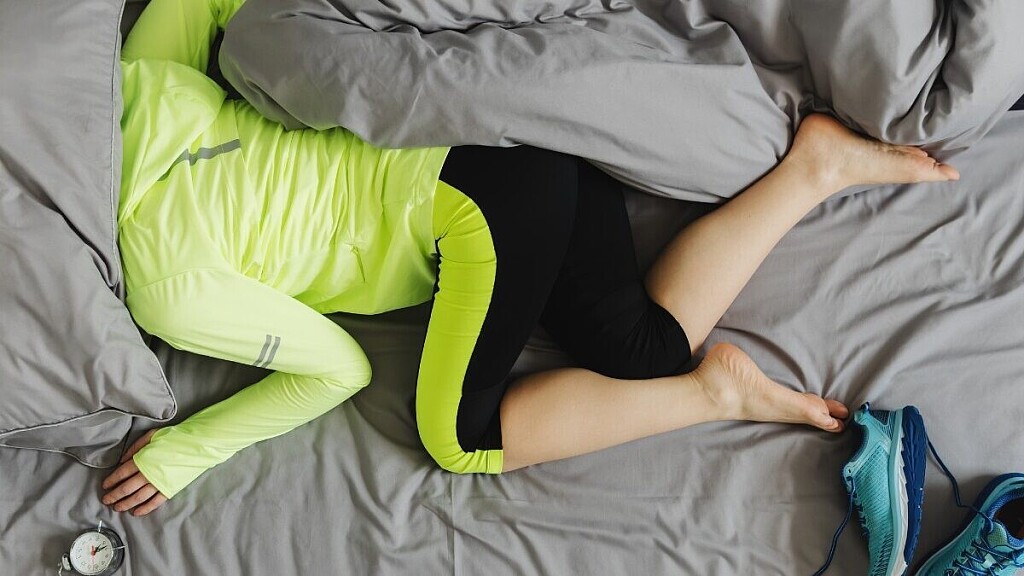Running News Daily
Running News Daily is edited by Bob Anderson. Send your news items to bob@mybestruns.com Advertising opportunities available. Train the Kenyan Way at KATA Kenya and Portugal owned and operated by Bob Anderson. Be sure to catch our movie A Long Run the movie KATA Running Camps and KATA Potato Farms - 31 now open in Kenya! https://kata.ke/
Index to Daily Posts · Sign Up For Updates · Run The World Feed
Could a midday nap help you ace your next race?
Recent research says catching some extra Zzzs may help you nail some PBs.
We all know rest and recovery are crucial components of training, but could a midday nap help you gain an edge on the competition? Research suggests strategic naps can enhance athletic performance, sharpen cognitive skills and even improve respiratory function. But not all naps are created equal—timing, length and your post-nap strategy all matter. Here’s how runners can harness the power of napping to gain an edge.
The science of napping and performance
A growing body of research highlights how napping can enhance athletic performance, even within the same day. One recent study demonstrated that professional athletes who took a short daytime nap of approximately 35 minutes experienced significantly improved afternoon peak power production, reported less fatigue and had less general muscle soreness. Athletes also experienced lower perceived exertion during their afternoon training sessions compared to days they skipped the nap.

Naps help lower cortisol (the stress hormone) and increase the production of growth hormones that support muscle repair. While a full night’s rest is the gold standard, for runners who struggle with nighttime sleep due to training schedules, travel or pre-race nerves, a nap may help close the gap
Napping and respiratory health

New research highlights how naps can even impact respiratory function—a key factor for endurance athletes. You’ve probably heard of VO2 max—a measurement of the maximum amount of oxygen your body can use doing exercise—something that is increasingly considered to be a critical component of not only race-day performance, but also general health and longevity.
In a study of elite young athletes, a 45-minute nap significantly improved Peak Expiratory Flow rate (PEF), a measure of maximum airflow during exhalation. This finding suggests strategic napping could support better oxygen delivery during exercise and boost overall performance.
When and how long to nap
To maximize the benefits of napping without compromising your training, follow these tips:
Timing matters: Aim for naps between 1:00 p.m. and 4:00 p.m. to align with your body’s natural circadian rhythms and avoid disrupting nighttime sleep.
Duration counts: Short naps (20–30 minutes) are ideal for a quick recharge without grogginess. Longer naps (up to 90 minutes) can offer deeper recovery, but require a buffer period before activity to reduce post-nap grogginess.
Plan your wake-up: Allow at least 30 minutes post-nap to reduce sleep inertia before resuming exercise.
While naps might help you bank sleep before a big race or add bonus recovery time during hard training weeks, they’re ultimately no substitute for quality nighttime sleep. You should still aim for seven to nine hours of sleep per night as the foundation of your recovery routine—but sprinkling in a few power naps could be the extra spark that helps you cross the finish line faster.
by Keeley Milne
Login to leave a comment




